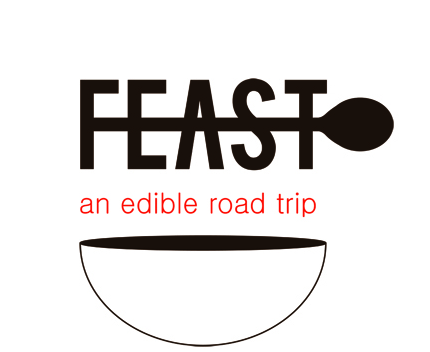Nuremberg: A Diverse History, Spargel, and Lebkuchen
Our second day started with a historical tour of Nuremberg, bringing us through medieval times and the significance of the city during WWII. Nuremberg was a significant centre of Nazi activity before and during WWII, and later became the place where Nazi war criminals were sentenced. It was heavily bombed in WWII, and ninety percent of the city was rebuilt after the war. We visited the Nazi rally grounds on the outskirts of Nuremberg and stood in Zeppelin field where, under a giant golden swastika, Hitler led six rallies from 1933-1938.
Standing here, I felt the heaviness the place’s history. The rally grounds are not as grand as they once were, and will continue to deteriorate.
They will be remembered, but not rebuilt—an appropriate handling of a place that holds such strategic importance in one of the world’s greatest tragedies.
Many Nazi buildings are now re-purposed for things that, as our guide pointed out, “Nazis would have hated.” The Secret Service barracks now house immigration services for newcomers and refugees seeking asylum, the transformer station that powered the searchlights for the Nazi rallies is now one of the hundreds of locations of Burger King, and other buildings have become artists’ studios and night clubs.
From the rally grounds, we headed to the Nuremberg castle, the biggest remaining medieval fortification in Europe.
We meandered through the many layers of defense, until we arrived on the well-protected castle grounds and were met with a stunning view of the Old Town and beyond.
The diverse history of Nuremberg could be seen all at once: reconstructed gabled houses, gothic spires, medieval defensive walls, and the Nazi buildings.
After our tour, I found my way to the Main Market square in front the Frauenkirche (Church of Our Lady), and discovered a series of red and white striped tents—a market opening up for the day!
I wandered along row after row of beautiful produce,
trying some of the season’s first sweet strawberries,
and spotting numerous bundles of spargel.
Spargel is a variety of asparagus grown in complete darkness, which inhibits the production of chlorophyll (and subsequent ‘greening’ of the stems), therefore producing white stalks. It’s a beloved product in Germany during its short season, and I later tried it on the ship when it was a featured ingredient in the evening’s meal.
When cooked, spargel’s flavour is mild, with a texture more like a boiled beet than the stringiness of their green counterparts.
After perusing the fresh fruits and veggies, I landed at a stand selling lebkuchen, a type of gingerbread specific to Nuremberg.
While each bakery in the city has their own recipe, they adhere to the strict guidelines for what constitutes Nürnberger Lebkuchen, put into place in the 1600’s. Similar to their bratwurst, this lebkuchen is only deemed authentic when made within the city borders.
Lebkuchen dough is made up of honey, nuts, and spices, baked on a very thin wafer, and often coated with sugar or a thin layer of dark chocolate. There are many iterations, but the kind I tried was made with very little flour, and the perfect balance of spicy and chewy. It felt like something I could eat for breakfast or dessert, and it disappeared fast once it was in my possession.
That evening, we set sail for Regensburg and observed the ship travelling through some of the many locks on the river, an experience I found fascinating.
Only a few boats are let in to each lock at a time, and the narrowest one we passed through was just half a metre wider than our boat, so extreme precision is needed for both timing and navigation. As we travelled through the locks, the view from the boat flipped between beautiful German countryside…
… and massive concrete walls, as we rose and fell with the changing water levels.
Either view was fine with me, since I had a stash of lebkuchen to keep me happy!
Next up: a visit to the oldest monastic brewery in the world!
-DV












